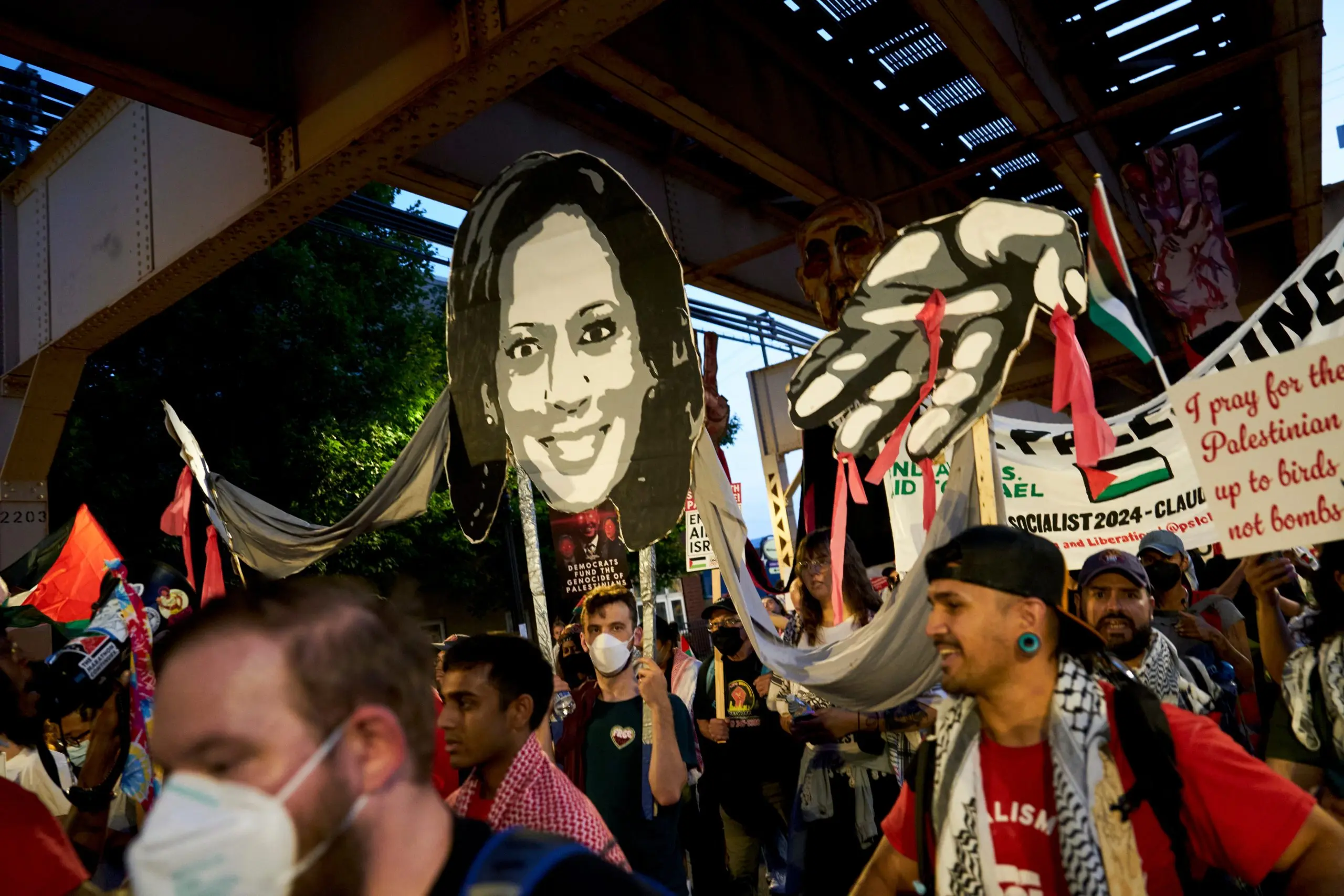With the cost of living crisis nowhere near going away, city dwellers might want to move to the regions.
By city dwellers we mean those living in Aotearoa’s six metropolitan cities of Auckland, Christchurch, Dunedin, Hamilton, Tauranga and Wellington, which together lost 13,750 residents as a result of internal migration in 2020.
So, we have crunched some numbers and ranked the 11 regions that don’t have a metropolis according to the unemployment rate, housing affordability, and gross domestic product (GDP) per capita.
And because not all the happiness in the world is based on wealth and economic metrics, we added the sunshine hours as a lifestyle criterion.
READ MORE:
* Interest rates rise bad news for home affordability
* ‘Dramatic separation’ between house prices and wages as home affordability drops further
* Let it snow: A white Boxing Day for Motueka as hail batters the top of the south
1. Timaru
Described by the country’s own tourism website as a “pleasant place to stop over”, South Canterbury’s Timaru District has come out on top as the best place to stop for good. Surprise!
It’s the highest due to its GDP ranking and affordable housing – the average house value in the district is $512,451.
With an average household income of $100,649 its housing affordability ratio (house price divided by income) is 5.1 – the third most affordable of the regions.
It turns out that sunshine hours (the closest meter is in Lake Tekapo) are actually quite high too, with the region coming in a respectable fourth in that category. Why not become a Timaruvian?
Unemployment rate: 3.3% (5/11)
Housing affordability ratio: 5.1 (3/11)
GDP per capita: $71,546 (3/11)
Sunshine hours: 2464 (4/11)
JOHN BISSET/Stuff
An affordable housing market and high GDP per capita pushed Timaru to the top of the list.
2. Marlborough
Famous for its sauvignon blanc and seafood, the region placed second in the ranking due to solid scores in the sunshine stakes (no surprise), low unemployment and GDP.
Blessed with the beautiful sounds, Marlborough might have taken the top spot had it not been let down by its comparatively expensive housing – the average house is $759,678. Still, this is an area to move to and un-wine-d.
Unemployment rate: 2.8% (3/11)
Housing affordability ratio: 6.7 (6/11)
GDP per capita: $71,484 (3/11)
Sunshine hours: 2466 (3/11)
Rory O’Sullivan/Stuff
Sauvignon blanc vines in Marlborough, one of the country’s wine making hubs.
3. Taranaki
Secluded on the North Island’s west coast, Taranaki was the sunniest region in Aotearoa for the second year in a row in 2022.
It was also top for GDP, thanks to contributions from the energy and dairy sectors. Did you know Taranaki has a population of 465,896 dairy cows and 127,300 people?
But despite winning on two metrics, the region was let down by higher unemployment and poor housing affordability – in December, the average house value was $690,734 and the mean household income was $99,781.
Unemployment rate: 3.7% (8/11)
Housing affordability ratio: 6.9 (7/11)
GDP per capita: $78,398 (1/11)
Sunshine hours: 2659 (1/11)
STUFF
Taranaki has retained its title as sunniest place in the country.
4. West Coast
The sparsely populated, untamed region of the South Island had the most affordable housing market of all the regions.
In 2022, the regional average house value was $357,894 – cheap as chips. This is the place to get away from it all.
Unemployment rate: 4% (9/11)
Housing affordability ratio: 4.2 (1/11)
GDP per capita: $72,569 (9/11)
Sunshine hours: 2408 (5/11)
VANESSA LAURIE/Stuff
Dairy cows in Taranaki reached a population of 465,896 in 2022.
5. Southland
The southernmost region of them all is well-known for having half of New Zealand’s Great Walks, one of the highest employment rates in the country and the best cheese rolls.
The average asking price for a house in Southland was $553,997 and according to data released by Great South development agency, the mean household income was $102,100.
Do we need to mention how good Bluff oysters are? A New Zealand delicacy for everybody’s palate.
Unemployment rate: 2.5%. (2/11)
Housing affordability ratio: 5.4 (4/11)
GDP per capita: $70,703 (5/11)
Sunshine hours: 1930 (9/11)
Kavinda Herath / Stuff
The Daphne Kay, one of the first to leave in the mornings of oyster season
6. Central Otago
Given the high summer temperatures and the dry climate of the region, it is no secret Central Otago produces some of the boldest pinot noir in the country.
In the 19th century, the region was famous for the gold rush, and you’ll need a bit of coin to buy a house in the area as it has one of the least affordable markets. The average house cost $766,728 in 2022.
But on the plus side you should be able to get a job – it has an unemployment rate of only 1.7%.
Unemployment rate: 1.7% (1/11)
Housing affordability ratio: 7.4 (9/11)
GDP per capita: $67,569 (6/11)
Sunshine hours: 2317 (6/11)
7. Manawatū
It’s the wind farm capital of New Zealand and the only region on our list to have a university – Massey University has a campus in Palmerston North.
Like its geographical position in the North Island, this area is middle of the (wet) road on most of the metrics, but it was tenth on the sunshine stakes.
Unemployment rate: 3% (4/11)
Housing affordability ratio:5.8 (5/11)
GDP per capita: $67,569 (7/11)
Sunshine hours: 1920 (10/11)
123RF
Abel Tasman National Park is just one of the three national parks in the Nelson-Tasman region.
8. Nelson-Tasman
The top of the south has three national parks, golden sand beaches and is extremely sunny (coming in second) so you’d think it would be right up there on the places to move to.
The problem is “sunny Nelson” was the least affordable region for housing. With an average house value of $877,721 it’s right up there with some of the metropolitan cities.
A higher unemployment rate and lower GDP per capita also let it down.
Unemployment rate: 3.5% (6/11)
Housing affordability ratio: 9.6 (11/11)
GDP per capita: $54,417 (8/11)
Sunshine hours: 2581 (2/11)
9. Hawke’s Bay
Everybody knows how admirable the 166km-long bay is, so we will just clarify that the only available data regarding housing affordability and GDP for Hawke’s Bay dated back to 2019.
According to data released by the Ministry of Business, Innovation and Employment, the average household income in Hawke’s Bay was $94,300 for 2019 and the average house value was $611,801, which isn’t the best ratio.
And despite being the fruit bowl of the country, Hawke’s Bay was low on the list when it came to GDP per capita.
With the devastation left by Cyclone Gabrielle, it’s also a region on the rebuild.
Unemployment rate: 3.6% (7/11)
Housing affordability ratio: 7.1(8/11)
GDP per capita: $50,913 (9/11)
Sunshine hours: 2271 (7/11)
Pamela Wade/Stuff
Napier, in Hawke’s Bay, is known for its Art Deco buildings.
10. Gisborne
Second to last, Gisborne holds the same disclaimer as its close relative Hawke’s Bay – the only available data for housing affordability and GDP was from 2019.
Back then the average house was $479,432 – the second cheapest of our regions.
Like Hawke’s Bay, Gisborne was affected by Cyclone Gabrielle and many households have been impacted directly or indirectly.
While it might not rate highly on the metrics measured, anyone with a love of surfing knows Gisborne is one of the best.
Unemployment rate: 4.2% (11/11)
Housing affordability ratio: 4.9 (2/11)
GDP per capita: $45,345 (11/11)
Sunshine hours: 2036 (8/11)
Brook Sabin/Stuff
Cape Reinga is one of the main touristic attractions in Northland.
11. Northland
It may be at the top of the country, but our northern region is at the bottom of the list, finishing in the bottom two of all metrics.
Home to Ninety Mile Beach and Cape Reinga, Northland is also the most populated of the regions surveyed and that growing population has put pressure on the housing market, where the average house value was $825,782 last year.
Unemployment rate: 4% (10/11)
Housing affordability: 8.5 (10/11)
GDP per capita: $47,071 (10/11)
Sunshine hours: 1911 (11/11)





















Discussion about this post